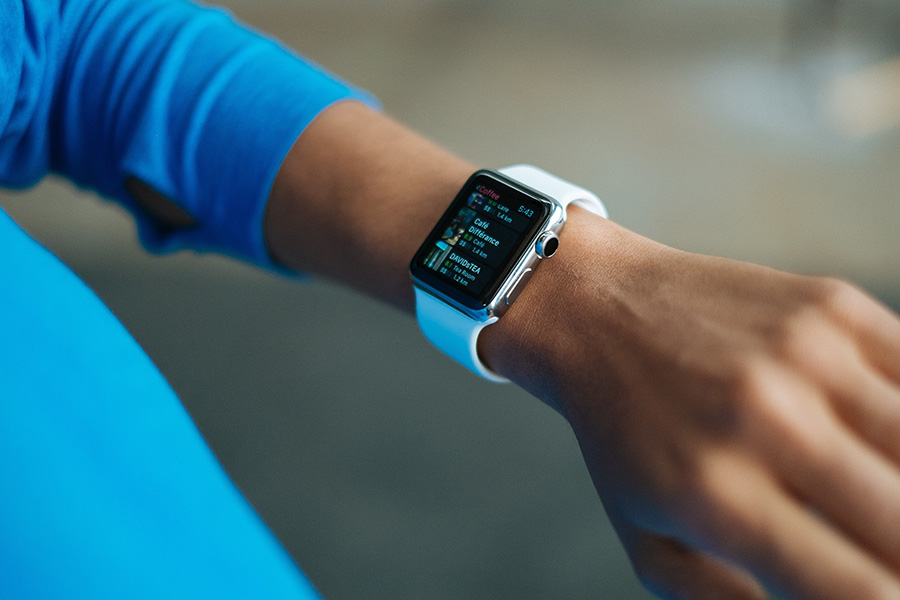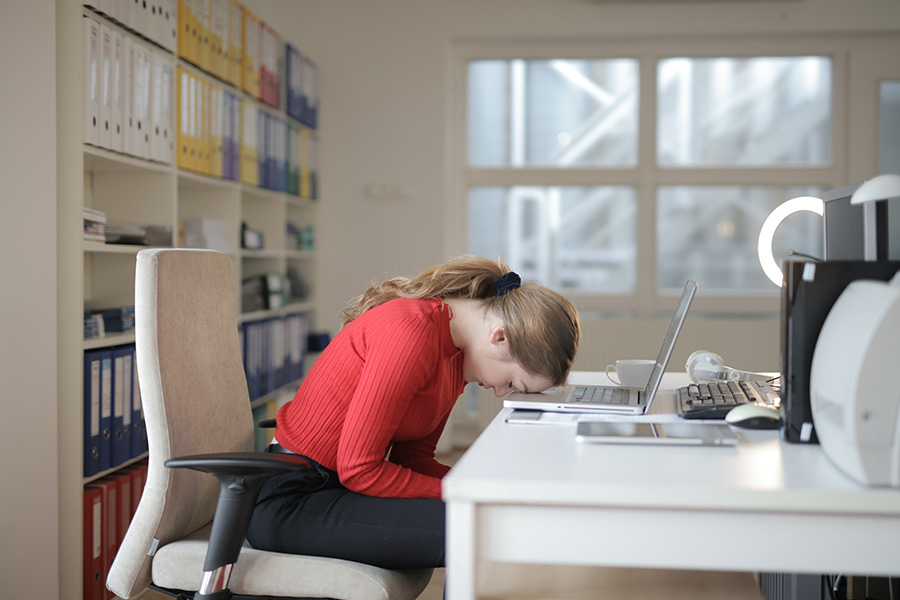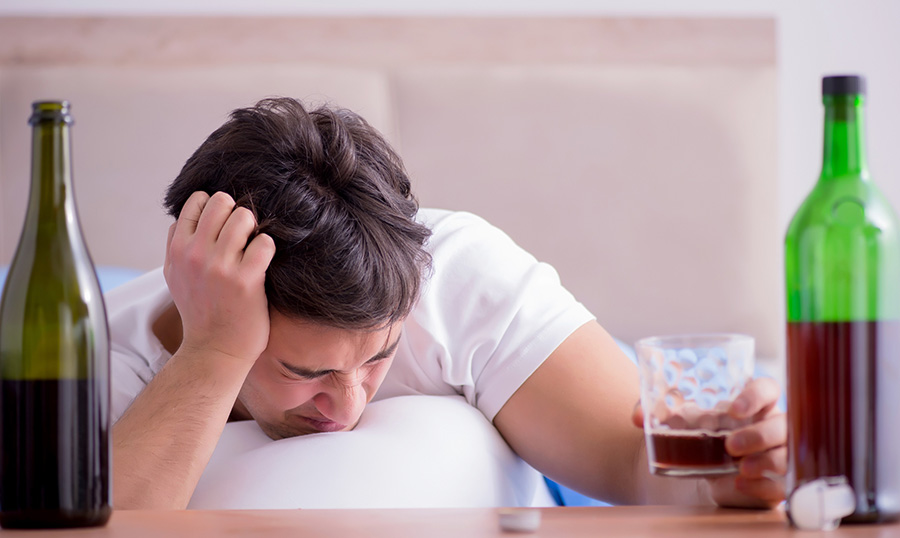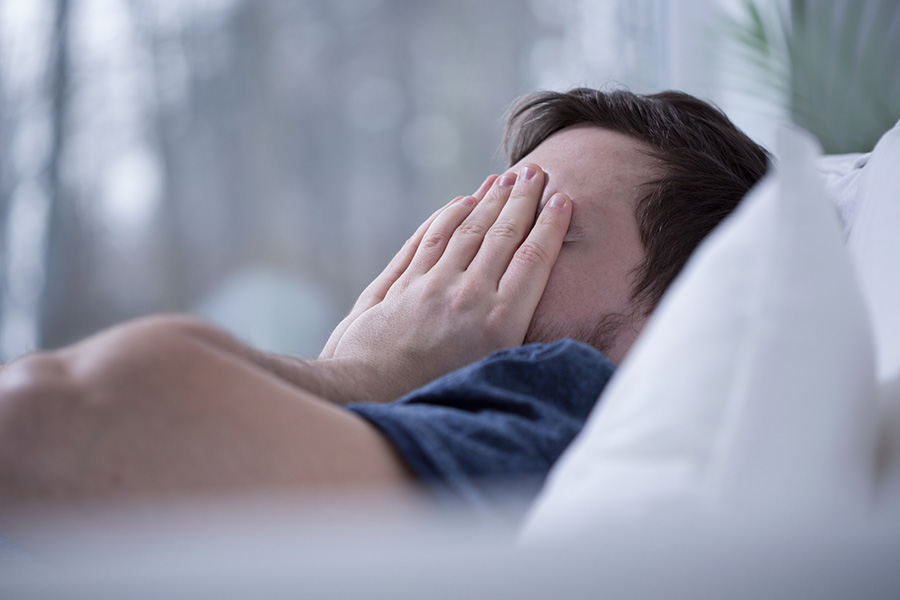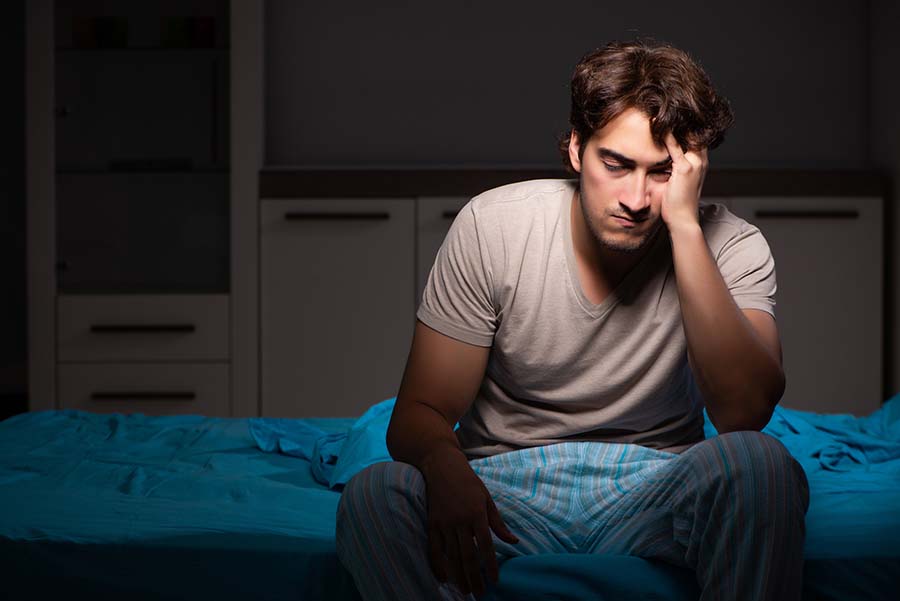Can Smart Watches Detect Sleep Apnea?
Sleep Deprivation and Work Performance
It is an unfortunate fact of life that spending the majority of our adulthood at a job is a reality. In addition to an American workday that averages 9.5 hours, a Sleep in America poll we looked at found that each week, Americans are spending more than four extra hours working from home – a statistic undoubtedly fueled by the post-pandemic climate.
The Ways Alcohol Affects Sleep and the REM Stage
You should know by now that a good night’s sleep is necessary for our well-being and overall health, but were you aware that consumption of alcohol and drugs can actually impact sleep in negative fashions? Indeed, they can, and in this post we’re going to look at the different ways substances can influence your sleep patterns, right up to and including the arrival at the REM (rapid eye movement)
How Weight Affects Obstructive Sleep Apnea
In obese people, fat deposits in the upper respiratory tract make the airway narrow, leading to a decrease in muscle activity in this region and, ultimately, apneic and hypoxic episodes – thus, sleep apnea. These episodes lead to an oxygen decrease in both blood vessels and body tissues, and this decreased oxygenation is a contributor to tissue hypoxia, the primary aggressor of atherosclerosis.
The Effects of Food on Sleep
When we think about foods or beverages that may keep us up at night, we immediately conjure up visions of coffee, cola, chocolate and all other manner of sugary delights. But what about foods that can actually help us sleep better?
The Good, The Bad and The Restless: Understanding the Negative Effects of Stress on Sleep
Sleep, like anything else, can be good or bad in quality, and often times it’s everything in-between – including restless. One of the major causes of this broken, restless sleep is stress…Read more
How Counseling Can Help with Sleep Habits
As many as a third of American male adults – according to research culled by the Centers for Disease Control and Prevention – aren’t getting enough sleep on a regular basis…and that’s an alarming statistic when you break it down. There are a myriad of possible factors at play here with regard to why someone could be struggling to sleep peacefully, the more common reasons having to do with mental health issues or poor “sleep hygiene.”
Back-to-School (in a Crazy World): Sleep Tips for Students
Before you know it, it’ll be back-to-school time, and for those of you with children who may be heading back to the classroom this fall, you know how difficult, challenging and downright strange – in some places – the whole education subject has become over the past year. From accusations of indoctrination methodologies to the battle over masks, nothing is as easy as it once was in the world of parenting…and being a student.
Summertime Sleep Issues and Tips for Remedies
From sundresses and strappy sandals to bikinis and cocktails poolside, summer enables us to shed the clothing layers of winter and is a much-awaited season filled with long sunny days, outdoor gatherings – well, prior to COVID concerns, that is – and warm temperatures. But for many, the season also signals a period for insomnia.


